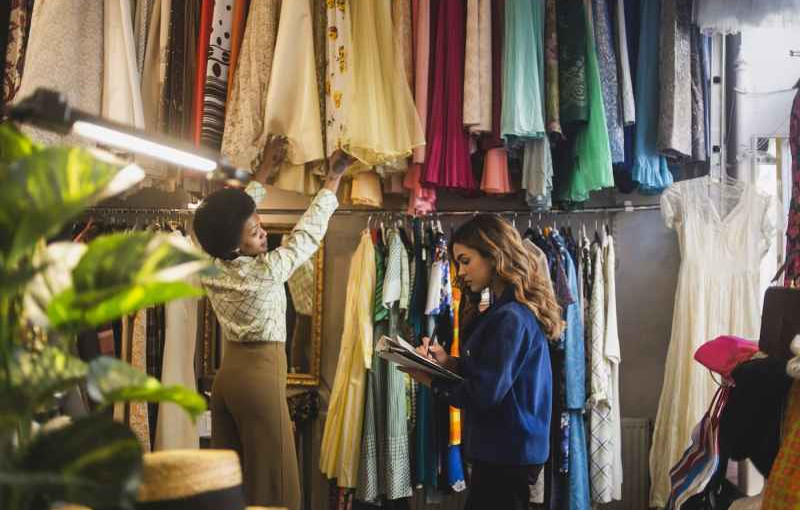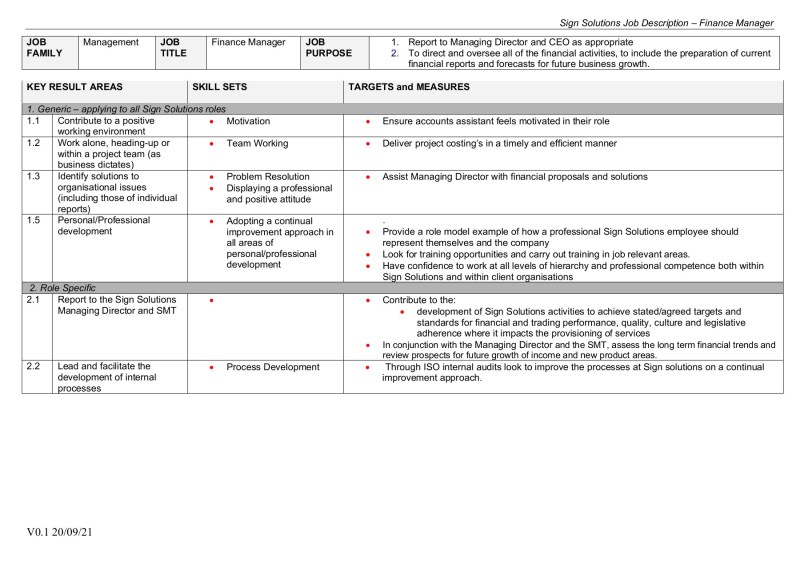Where Do Thrift Stores Get Their Inventory
Where Do Thrift Stores Get Their Inventory – For the past four months, Laurie Siegelman, an accountant in her late 40s who lives in the Studio City neighborhood of Los Angeles, has been anxiously waiting for her favorite stores on Melrose Avenue to reopen.
She’s not looking for a new pair of Newbury boots from Rag & Bone or a summer coat from Marc Jacobs, but worn, purse-friendly creations that line the shelves at thrift stores like Wasteland and Crossroads Trading Co.
Where Do Thrift Stores Get Their Inventory
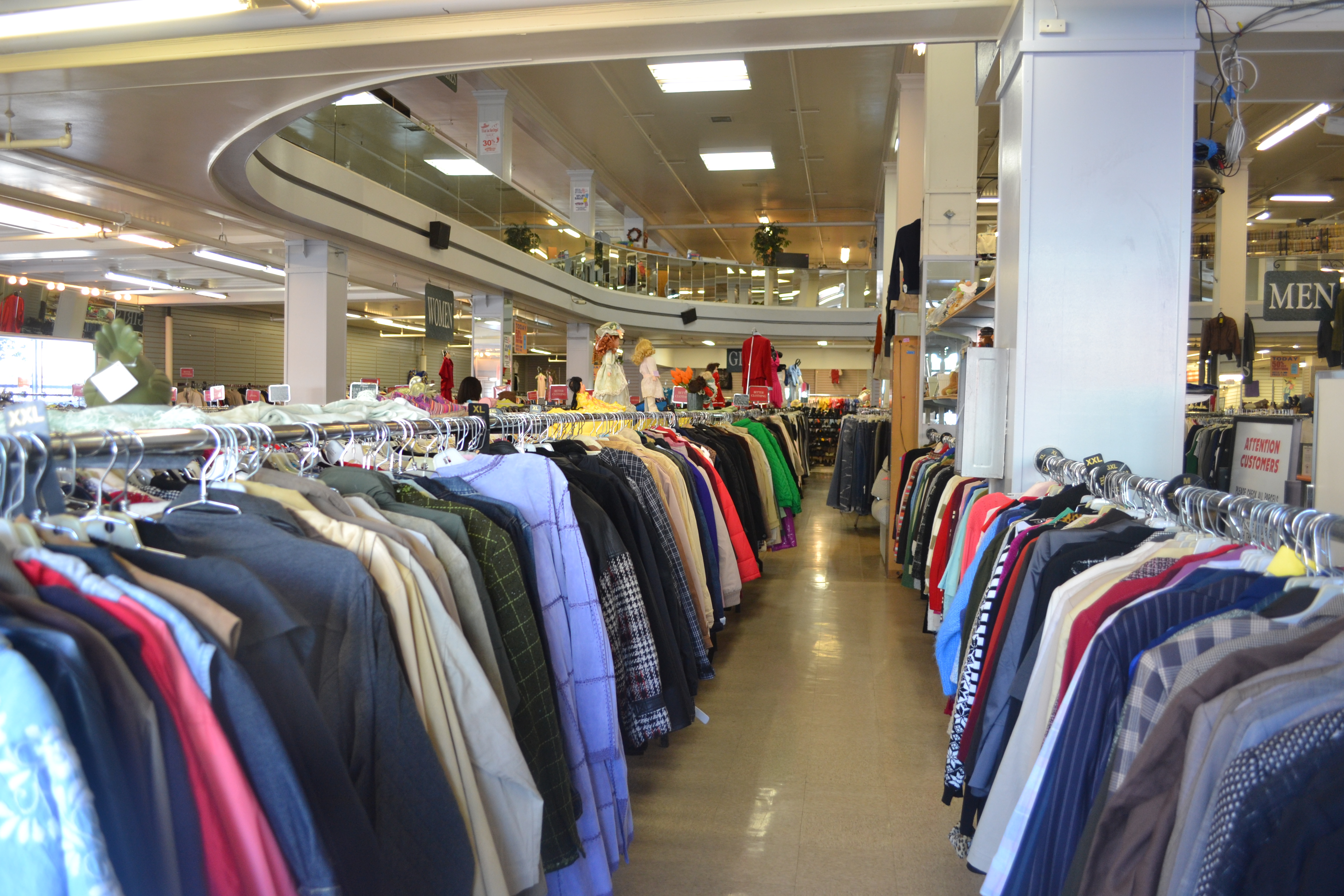
“I find it difficult to pay retail bills,” Ms. Siegelman said by phone as he drove around to check out his favorite thrift store, an almost daily ritual.
What Does Goodwill Spray Their Clothes With?
The increased focus on cleanliness and concerns about contamination since the pandemic hasn’t changed that, he said. “I’ve done my research and I’ve never had a book. The bug doesn’t seem to last very long on clothes.
Ms. Siegelman is one of a select group of salespeople whose loyalty to the business market, with her negotiations, grace and emphasis on the individual (in a world dominated by imitation culture), will not be influenced by coronavirus.
Online distributors like Poshmark and Thredup have thrived during the pandemic, giving the crazy and the home a convenient mail-order option. But for some second-hand buyers, nothing compares to Hunt IRL. Michelle Plantan, a social media director living in Venice who has bought many items of vintage clothing on online platforms and Instagram over the past few months, said the experience just doesn’t compare to shopping. .
“There is so much magic in seeing and trying on pieces in real life,” Ms Plantan, 31, said. “And when you’re buying second-hand or vintage, you really want to find clothing and quality that’s close, which is hard to do online.”
How To Start An Online Thrift Store
Size can also be difficult for online platforms, given that many pre-owned and vintage items are pre-owned or manufactured by older brands with different sizing systems.
“When you buy a pair of used diesels, they won’t fit the same as if they were new,” said Gabriel Block, C.E.O. of Crossroads Trading Co, a resale chain founded in 1991 that now has 37 locations across the United States.
However, online retailers are poised to win over any reluctant customers, with the segment expected to jump from $30 million in the United States in 2020 to $70 million by 2027, according to research by Future Market Insights , retail industry analytics. If that happens, the online market will overtake the traditional store and recycling business, which is expected to fall from $57 million in 2020 to $50 million by 2027.
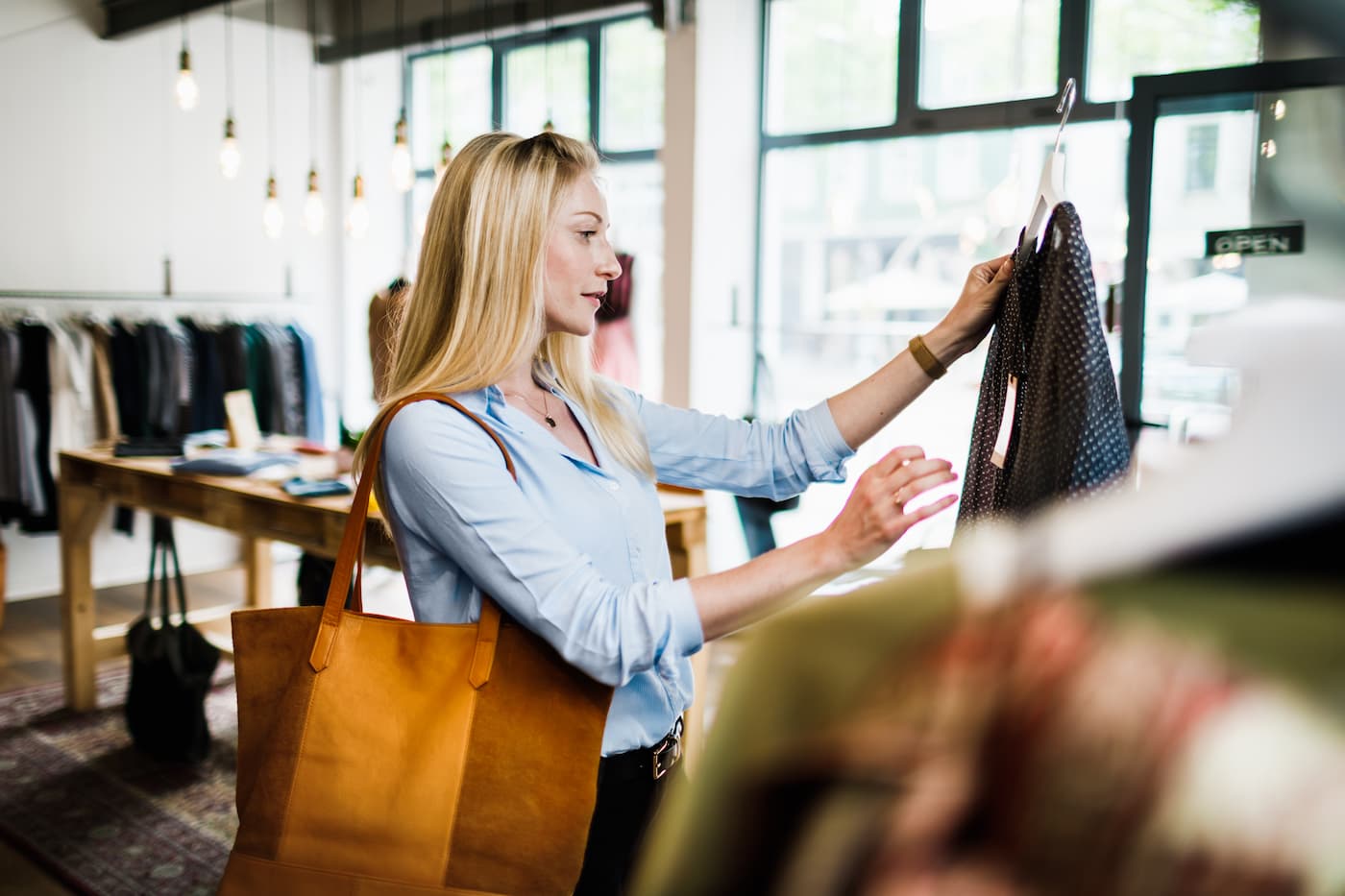
The pandemic, which has reduced the sales of many small businesses, if not closed them completely, could accelerate that change.
Vintage Shops In Singapore To Score Old School Apparel From $1
“I’m worried about the viability of these businesses in big cities like New York and Los Angeles,” says Jessica Tran, founder of Ghost Vintage, which sells primarily at flea markets in New York and now on internet “It seems far-fetched that they will be able to continue paying rent in a possible second wave and that people will buy less.”
Clothing shopping of all kinds has slowed in the past few months, with factors such as unemployment (now 11.1 percent) and a recent surge in coronavirus cases slowing openings across the country. According to a July survey by Mintel, 33 percent of people have stopped buying clothes altogether, while 32 percent have concerns about shopping for clothes in a store.
That harsh reality, however, has led some of the most loyal shoppers in the market to view continued shopping at the store as a moral imperative to keep the small businesses that support the product alive.
“It’s personal for me to root for them and see how they’re doing because I’ve shopped there so much,” Ms. Siegelman. She’s on a first-name basis with the staff at various thrift stores around Los Angeles, where she finds valuables like a $750 Alexander McQueen peplum jacket and a $50 pair of Ann Demeulemeester shoes.
Even Thrift Stores Aren’t Immune From Rising Prices
Mrs. Plantan, whose closet is almost full of second-hand clothes, feels the same way. “I love talking and meeting the people I buy from,” he said. “It deepens the story and connects to the pieces you see.”
But not without doubt either, indicating not only the fear of germs but also the often crowded places where such goods are sold. “So many of the best places to visit are bordering on a warehouse-type approach when it comes to merchandise, with stacks of stuff everywhere,” he said.
The wall-to-wall racks common in these stores also create particularly narrow aisles, forcing shoppers to constantly contend with other people, piles of used clothing, or both. “How do you navigate these places now?” Mrs. Plantan said.
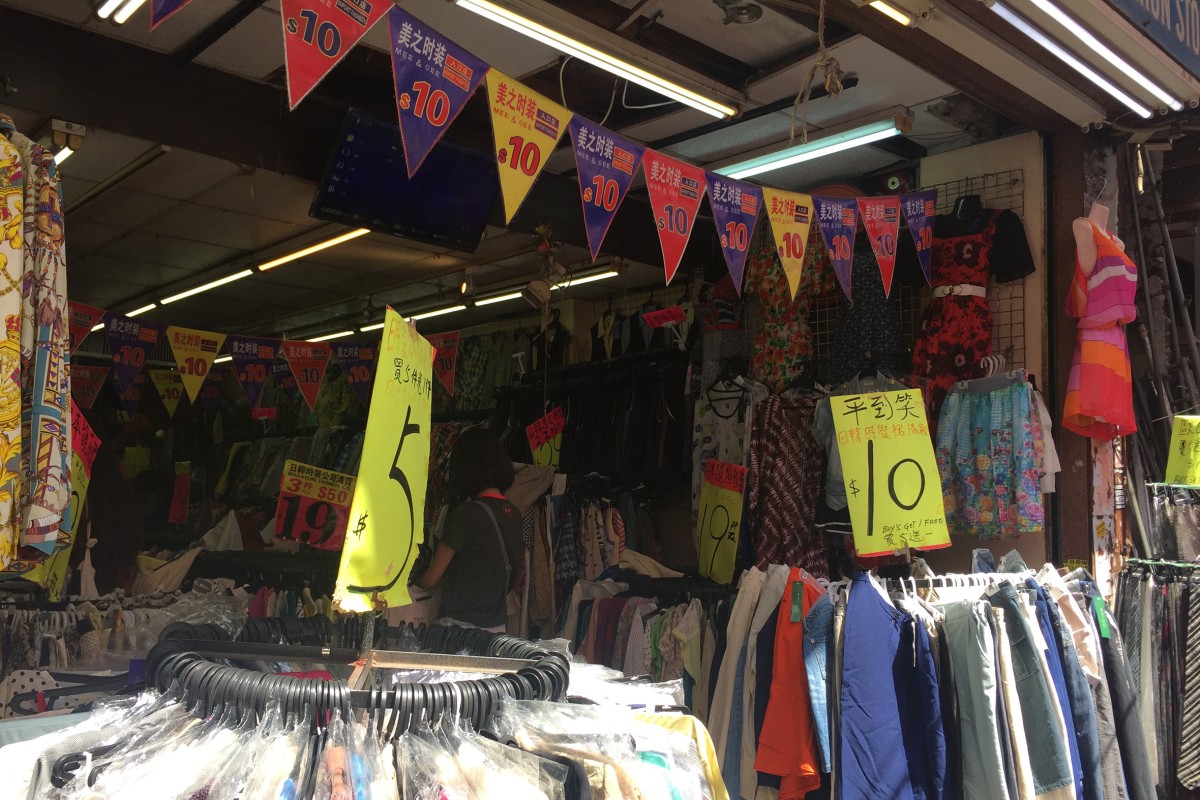
At recycling chains like Buffalo Exchange, Crossroads Trading Co. and Wasteland, which is the company’s more than one-off, closed stores, reduced store capacity to about 50 percent, with closed testing rooms and extended return policies in place to compensate for not able to try things on.
The Wardrobe In Philly: Clothes For Those In Need
Masks and social distancing are required, with many places using signs and floor stickers to direct traffic in an attempt to ease the usual traffic jams. Items carried around the store but not purchased are held in the back for 24 hours, a waiting time the owners do not believe is necessary. Many stores discourage or refuse cash payments in public to reduce the risk of corruption.
Some of these new directions seem controversial: Many businesses report doing 50 percent or less of their pre-pandemic business on a good day, with no expectation that that number will increase anytime soon.
“People are still trying to get used to this new normal, figuring out how to do things they’ve done differently, if they want to do it at all,” Mr. Block told Crossroads.
Consolidation is high, however, with time-rich and cash-strapped customers eager to clear out their closets for cash or credit. Wasteland, a California chain known for selling designer goods to celebrity fashionistas and fashion designers, closed two of its Los Angeles stores during the George Floyd protests in June, leaving both locations nearly empty. But after a few weeks, the stores were full.
How To Get Inventory For A Thrift Store
Before the pandemic, the sales lines at many of these stores were out the door and around the block, often with a long wait (many vendors were picky, with $30 considered a high profit). Since sales have moved to appointment-only in many of these stores, with a 40- to 50-item limit on the number of items that sellers can bring in, friction on both sides of the exchange has decreased. .
“We’re seeing that customers are giving us a better selection of clothes to start with than before,” said Rebecca Block, Vice President of Buffalo Exchange (and Mr. Block’s cousin). Prisons are already considering implementing this format entirely.
The clothes sold in these stores are left for 24 hours in the hope that any remaining virus damage on the clothes will dissipate before being put up for sale. Shoes and sunglasses are sprayed with disinfectant whenever possible. It’s a difficult, uncertain process, but store owners believe they can’t afford not to.
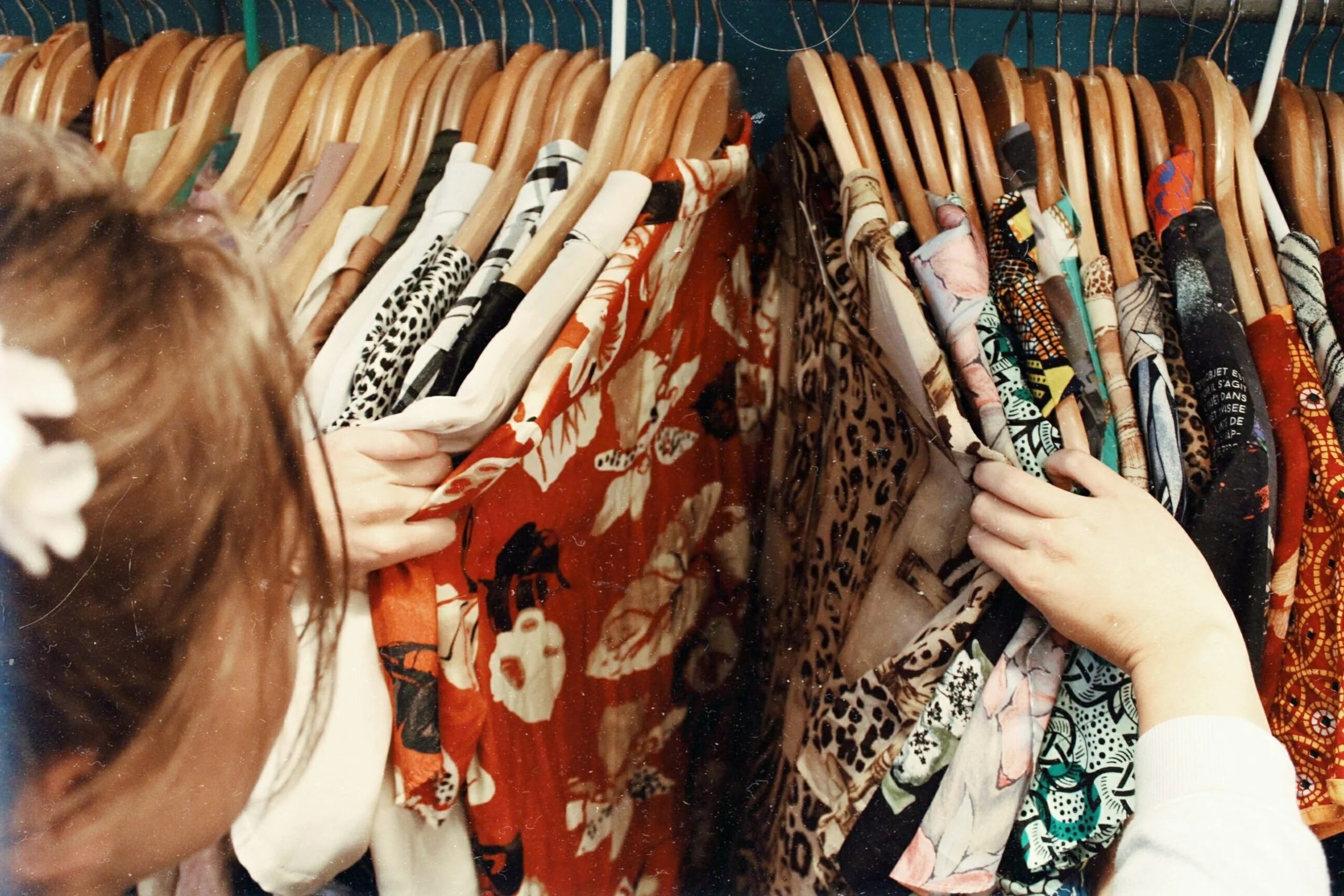
Cashiers and customers are separated by plexiglass panels at the till. Credit … Rosette Rago for The New York Times
Legit Consignment Shops To Make Extra Money: Sell Clothes & Furniture
Research into how the coronavirus interacts with different surfaces is still in its infancy and very uncertain, especially when it comes to clothes, but many experts say that aerodynamics make it possible that a droplet of the virus will settle on clothes, and if you do, you may not survive for long.
However, of all the companies that struggle with perceived buyer skepticism, the second-hand market may be the most familiar with such stigmas: It is a market where consumers like or find Windex appropriate. Even before the pandemic, 55 percent of shoppers were concerned about cleanliness when they bought used items, according to Mintel, the market research company.
“Second-hand shopping has been frowned upon, people think it’s dirty and time-consuming,” said Ms Tran of Ghost Vintage. “My own mother told me I could get sick from vintage shopping!”
The 2008 recession and subsequent price consciousness among consumers made discount flash sale sites like Gilt and Groupon more popular. This time, the second-hand market will thrive as a cheaper option that has the added benefit of being better for the environment, said Alexis DeSalva, senior research analyst at Mintel.
Shop The 330 Thrift Resale Boutique
These benefits are expected to overcome any buyer aversion to second-hand goods that sites like eBay, Etsy and TheRealReal have helped ensure.
“All that time at home made people think about how destructive the fashion industry is,” Ms DeSalva said. “When people take care of themselves in the moment, they can do more when it’s better for their wallets and the environment.”
The owners are small
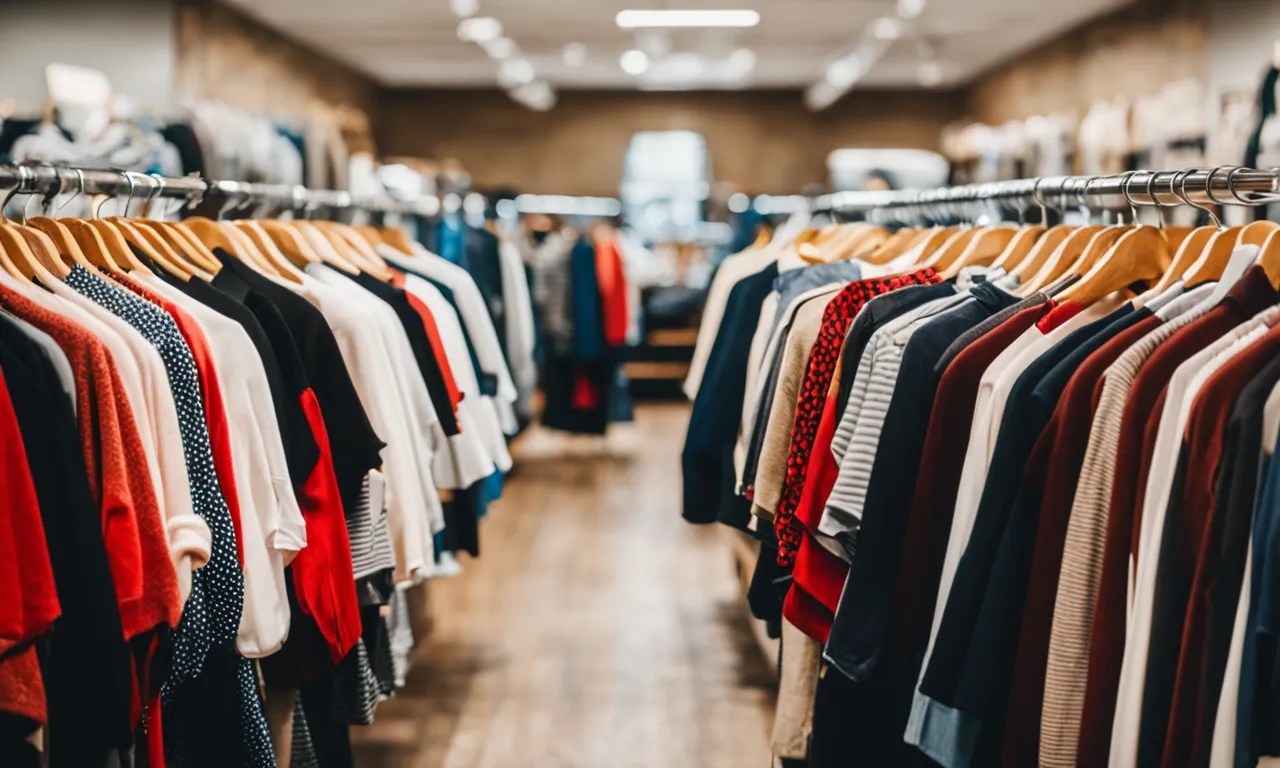
Where do jewelry stores get their diamonds, where do online stores get their products, where does ross buy their inventory, how do car dealers finance their inventory, where do thrift stores get their merchandise, where do record stores get their records, where do furniture stores get their furniture, where do boutiques get their inventory, where do pet stores get their fish, where do jewelry stores get their jewelry, where do dollar stores get their merchandise, where do stores get their products
